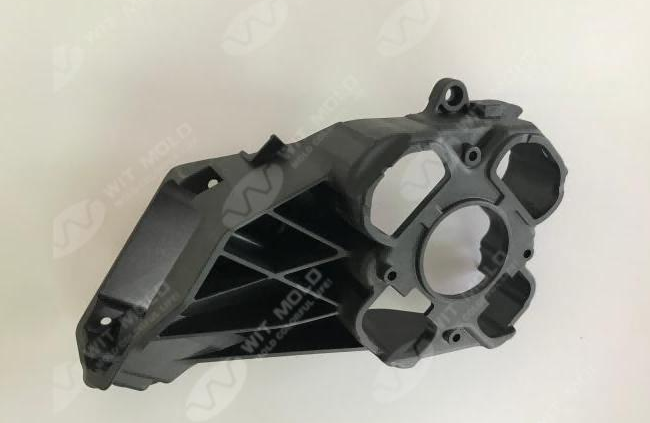Common Problems in PVC End Caps and How to Avoid Them
PVC end caps are widely used to protect the ends of pipes, tubes, and other cylindrical parts across industries such as plumbing, construction, furniture, and agriculture. While they seem simple, producing high-quality PVC end caps requires careful attention to design, material selection, and manufacturing processes. Understanding common problems and how to prevent them helps ensure durable and reliable products.
1. Warping and Deformation
Problem: End caps may warp or deform during or after production due to uneven cooling, inconsistent wall thickness, or high internal stress.
Solution:
-
Design molds with uniform wall thickness to ensure even cooling.
-
Use high-quality PVC materials with consistent shrinkage properties.
-
Optimize mold temperature and cooling channels to reduce internal stress.
2. Short Shots and Incomplete Filling
Problem: Sometimes the molten PVC does not completely fill the mold, leaving gaps or incomplete caps.
Solution:
-
Check mold design for proper gate placement and venting.
-
Adjust injection pressure, temperature, and speed according to material requirements.
-
Use precise molds to ensure proper flow and filling.
3. Surface Defects (Bubbles, Flow Lines, or Marks)
Problem: Air bubbles, flow lines, or visible marks can appear on the surface, affecting both function and appearance.
Solution:
-
Properly dry PVC material before injection to remove moisture.
-
Improve mold venting to allow trapped air to escape.
-
Adjust injection speed and temperature to achieve smooth flow.
4. Flash or Excess Material
Problem: Material may seep along the parting line, creating thin edges called flash.
Solution:
-
Ensure high-precision mold machining and assembly.
-
Maintain correct clamping force during injection.
-
Regularly inspect molds for wear or damage.
5. Material Cracking or Brittleness
Problem: End caps may crack or break during handling if the material is brittle.
Solution:
-
Select PVC grades suitable for the intended application (flexible vs. rigid).
-
Avoid excessive heat during injection, which can degrade PVC.
-
Test samples under expected conditions to ensure durability.
6. Misfit or Loose Caps
Problem: Caps that are too tight or too loose can affect functionality and assembly efficiency.
Solution:
-
Accurate mold design with precise dimensions for the intended pipe or tube diameter.
-
Consider tolerance adjustments for temperature or material shrinkage.
-
Offer prototype verification before mass production.
Conclusion
High-quality PVC end caps require careful attention to mold design, material selection, and production control. By addressing common issues such as warping, short shots, surface defects, flash, material cracking, and fit problems, manufacturers can produce durable, reliable, and visually appealing end caps.
Working with experienced suppliers like WIT MOLD ensures professional support for design, prototyping, and mass production, providing PVC end caps that meet both functional and industry-specific requirements.




